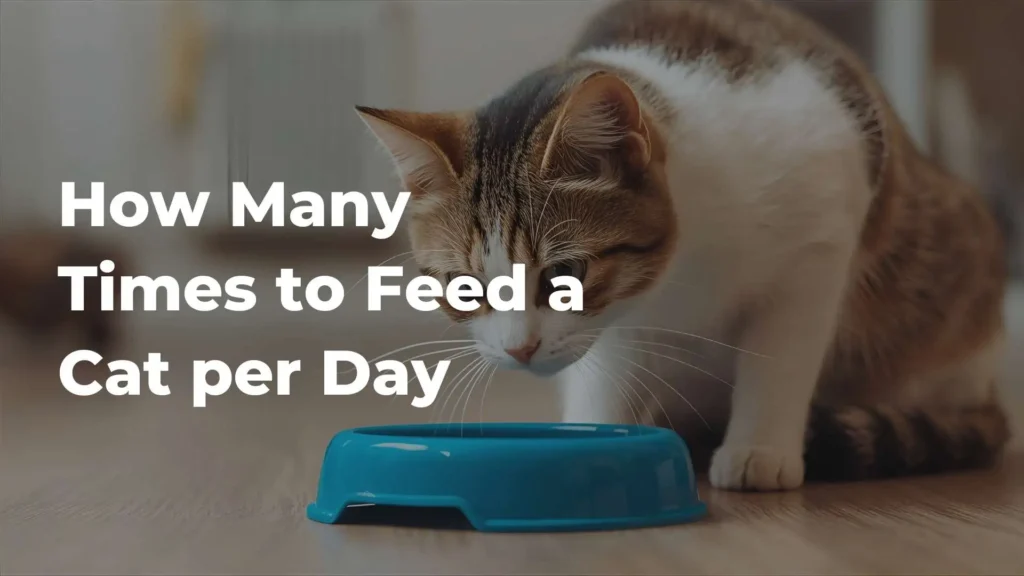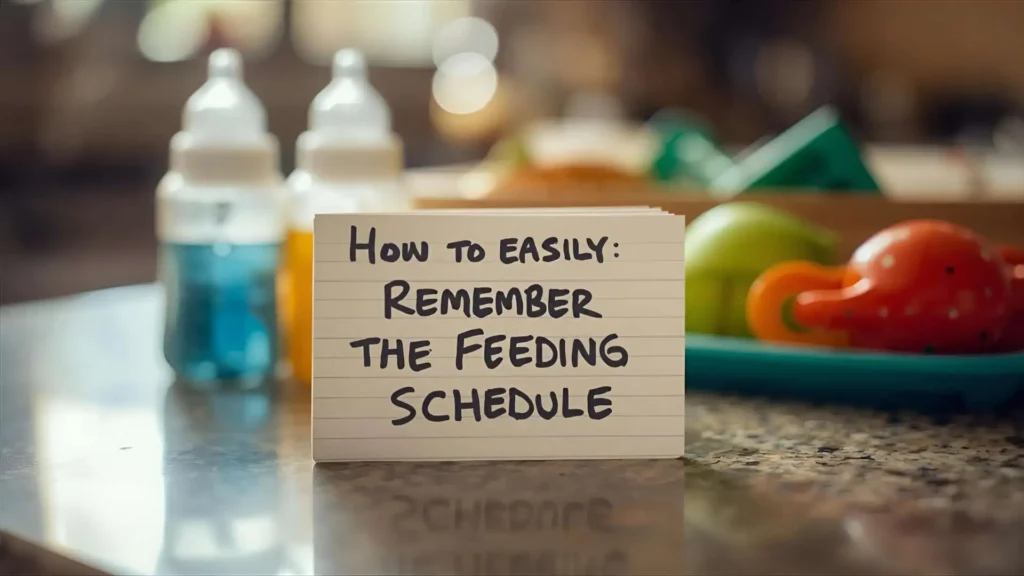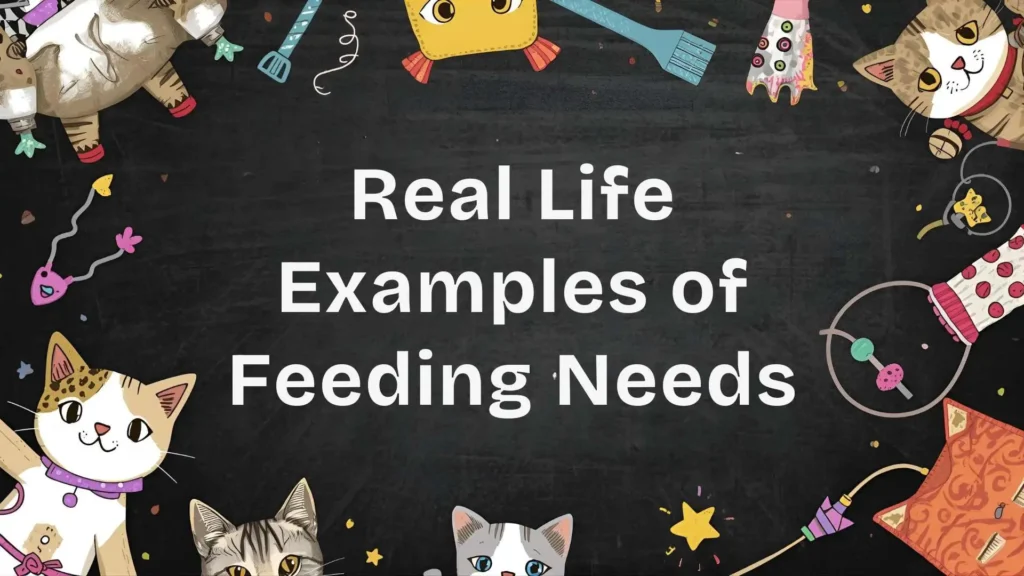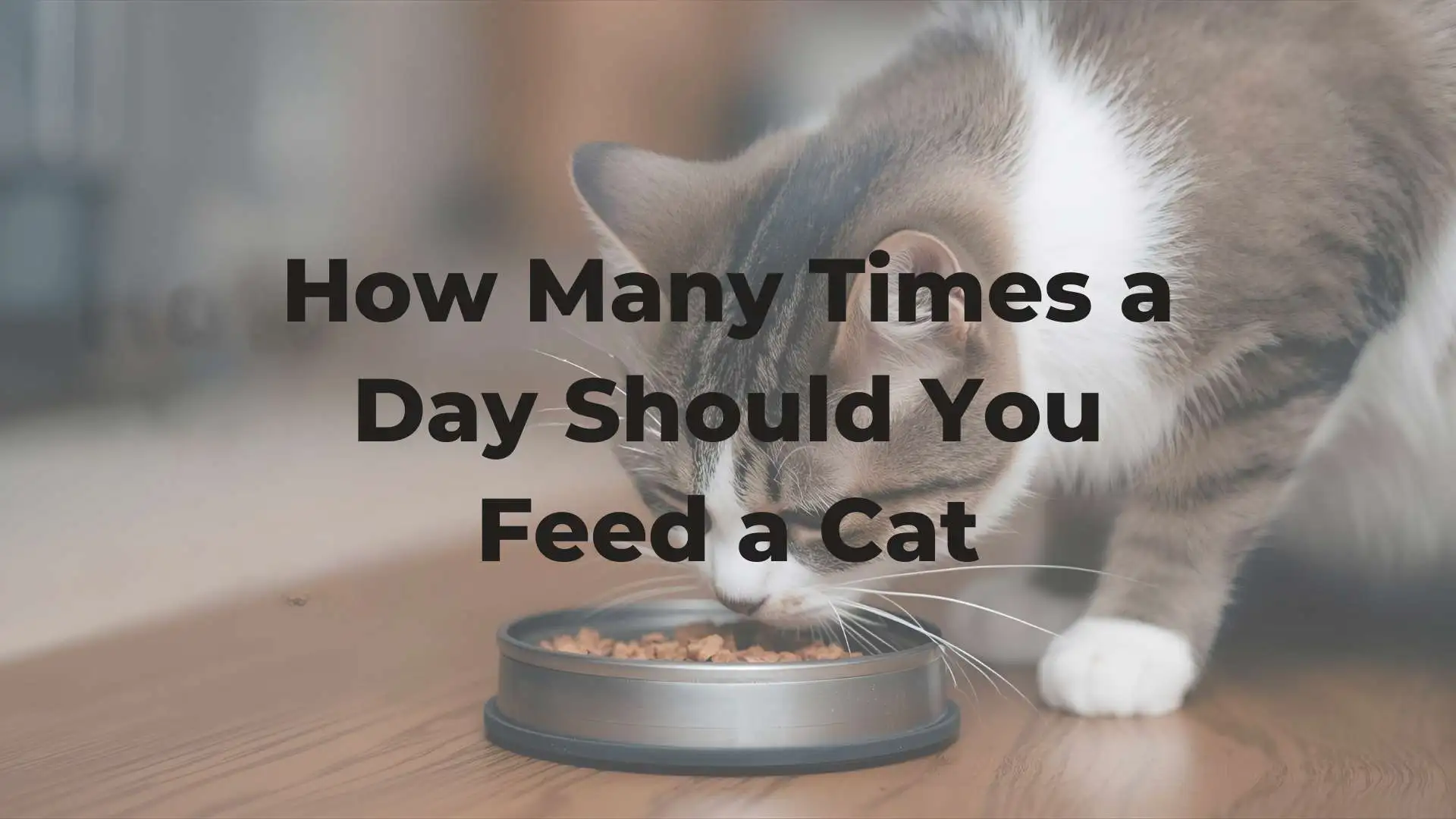Cats are mysterious, independent, and adorable little companions—but when it comes to feeding them, confusion sets in fast.
Should you feed your cat once a day, twice a day, or leave food out all the time?
Just like in cooking, where measurements like tablespoons and cups matter, cat feeding also has its own “units” and proper timing.
This guide will break it all down in simple, beginner-friendly terms so you can confidently know exactly how often to feed your cat.
A Simple Explanation of the Two “Units” Involved
In this case, the “units” aren’t tablespoons or cups—they’re feeding frequency and portion size.
- Feeding frequency (times per day): How many meals your cat gets in 24 hours.
- Portion size (amount per meal): The right quantity of food given per meal, depending on whether you use wet food, dry food, or a mix.
Just like converting cups to ounces in a recipe, you need to balance frequency and portion size for a healthy cat diet.
The Direct Answer | How Many Times to Feed a Cat per Day

Most cats thrive on two meals a day—once in the morning and once in the evening.
- Kittens (under 6 months): 3–4 times a day
- Adult cats (6 months–7 years): 2 times a day
- Senior cats (7+ years): 2 times a day (sometimes smaller, more frequent meals if digestion is slow)
So, the quick answer is: feed your cat twice a day if it’s an adult, but adjust based on age, health, and your vet’s advice.
A Feeding Frequency Chart (Like a Conversion Table)
| Cat Age / Stage | Number of Meals Per Day | Notes |
| Newborn (0–4 weeks) | Every 2–4 hours (milk) | Bottle-fed or mother’s milk |
| Kitten (2–6 months) | 3–4 meals | Small portions, high protein |
| Young Adult (6–12 months) | 2–3 meals | Transition to adult cat food |
| Adult (1–7 years) | 2 meals | Morning and evening ideal |
| Senior (7+ years) | 2 meals (sometimes 3) | Smaller, easier-to-digest meals |
Why This “Conversion” Matters in Real Life
Feeding isn’t just about keeping your cat’s belly full—it directly affects:
- Weight control: Overfeeding leads to obesity, one of the biggest health risks in cats.
- Energy levels: Cats that eat balanced, timed meals are more playful and active.
- Digestive health: Cats digest small, regular meals better than one large meal.
- Bonding: Scheduled feeding builds routine and trust between you and your cat.
How to Easily Remember the Feeding Schedule

Here’s a simple trick:
- Think of breakfast and dinner—just like you eat.
- For kittens, add a “lunch” and maybe a “snack.”
Mnemonic: “Kittens Eat More, Adults Eat Twice.”
Common Mistakes and Tips for Accurate Feeding
Just like mismeasuring flour can ruin a cake, feeding mistakes can harm your cat. Avoid these:
- ❌ Free-feeding (leaving food out all day): Can lead to overeating.
- ❌ Over-relying on treats: Treats should be less than 10% of daily calories.
- ❌ Ignoring water intake: Cats need fresh water daily, especially with dry food.
- ✅ Use a measuring cup: Scoop out exact amounts instead of guessing.
- ✅ Stick to a routine: Cats love consistency in meal times.
Measurement Differences (Wet vs. Dry Food)
Feeding frequency is linked to the type of food:
- Dry food: Cats may graze, but measured portions twice a day are best.
- Wet food: Spoils quickly, so must be given in smaller, timed meals.
- Mixed feeding: A combo works well—wet food in the morning, dry food at night.
Real Life Examples of Feeding Needs

- A 4-month-old kitten might get ¼ cup dry food split into 4 small meals.
- An adult indoor cat might get ½ cup dry food split into 2 meals.
- A senior cat with sensitive digestion might get 3 mini-meals of wet food.
These examples show how the same “unit” (food) can be divided based on frequency.
FAQ | How Many Times a Day Do You Feed a Cat?
Q1. Can I feed my cat once a day?
Not recommended—most cats do better with 2 meals a day.
Q2. What if I leave food out all the time?
This can cause obesity, especially in indoor cats.
Q3. Do kittens need more meals than adults?
Yes—kittens need 3–4 meals daily due to rapid growth.
Q4. How do I know if my cat is still hungry?
Watch for begging, pacing near the food bowl, or meowing. But don’t confuse boredom with hunger.
Q5. Should wet and dry food be fed at different times?
Yes—wet food spoils quickly, so it’s best served at mealtimes, while dry food can be used for the second meal.
Q6. Do senior cats eat less often?
Not always—they may need the same frequency, just smaller, softer portions.
Conclusion
Feeding your cat the right number of times per day is just like getting cooking measurements right—it makes all the difference in health, balance, and happiness. Stick to routine, measure portions carefully, and consult your vet for the best results. A well-fed cat is a healthy, happy companion.

Lucas Grant is a contemporary American author known for weaving emotionally rich narratives with thought-provoking themes. Writing from his modern office surrounded by books and ideas, Lucas draws inspiration from everyday human experiences, crafting stories that resonate deeply with readers. His work explores the complexities of relationships, self-discovery, and the quiet power of resilience, often through characters that feel vividly real.
With a background in literature and creative writing, Lucas combines literary elegance with a modern storytelling voice. Whether he’s drafting psychological fiction or tender coming-of-age tales, his storytelling is known for its depth, honesty, and relatability.
Some of his most popular works include “Echoes Between Us”, “The Silence of Rain”, and “Midnight Letters”, each receiving praise for their emotional depth and lyrical prose.




